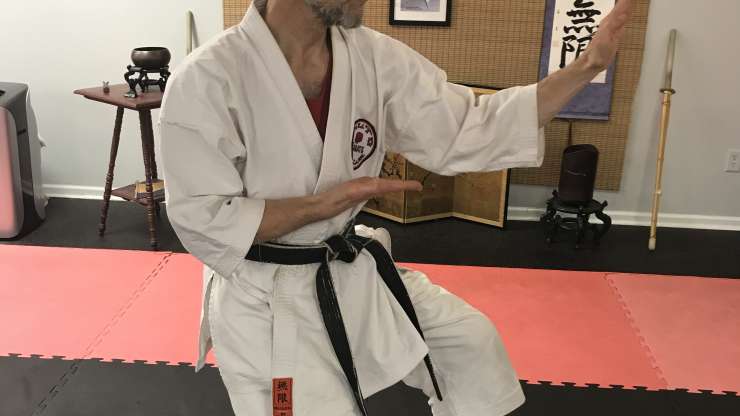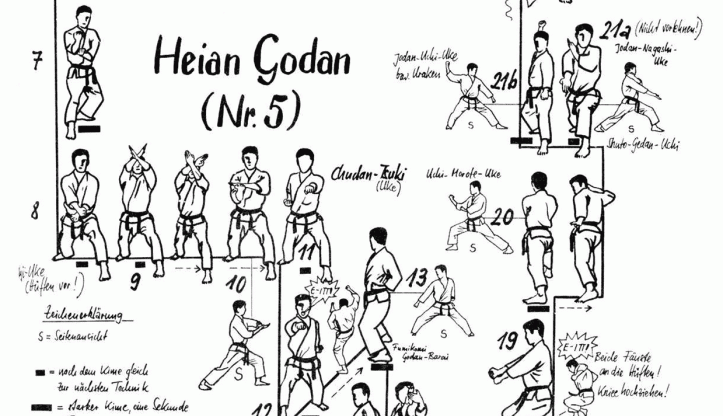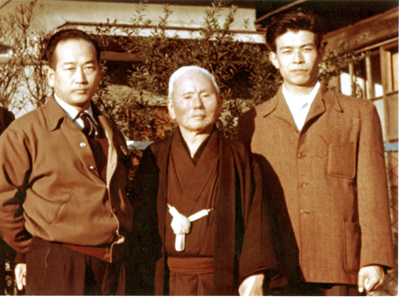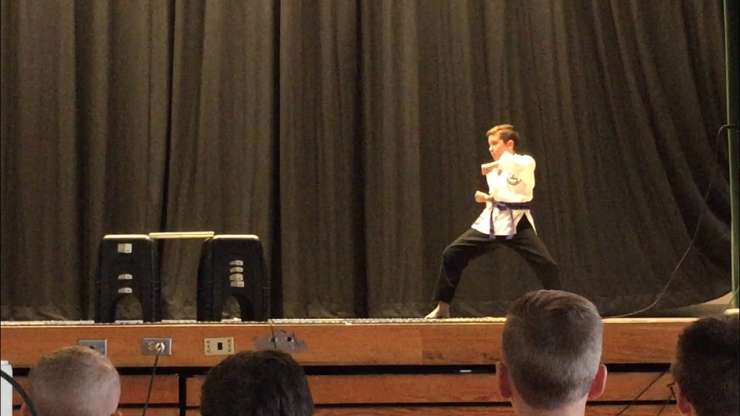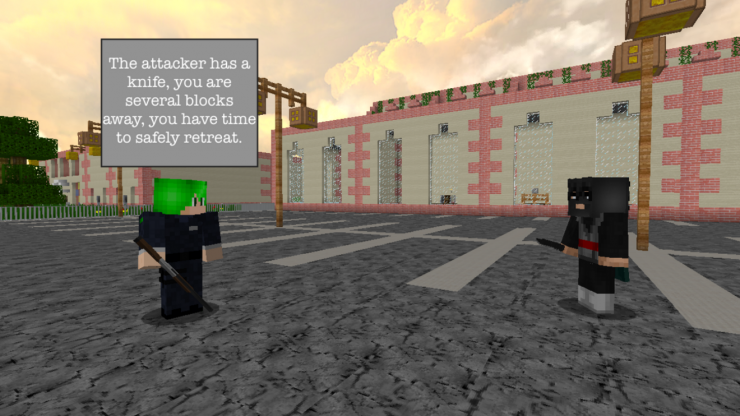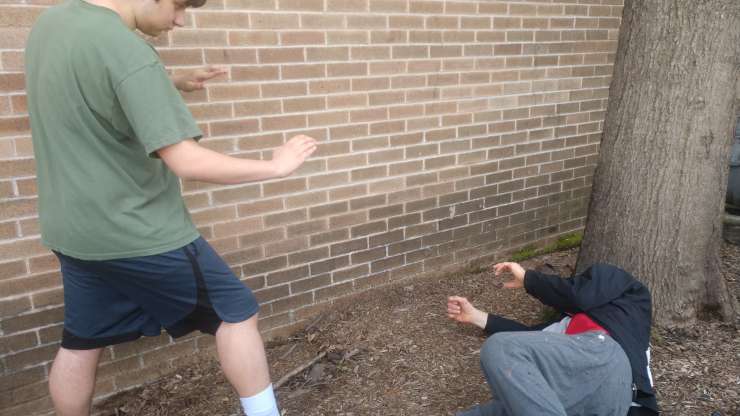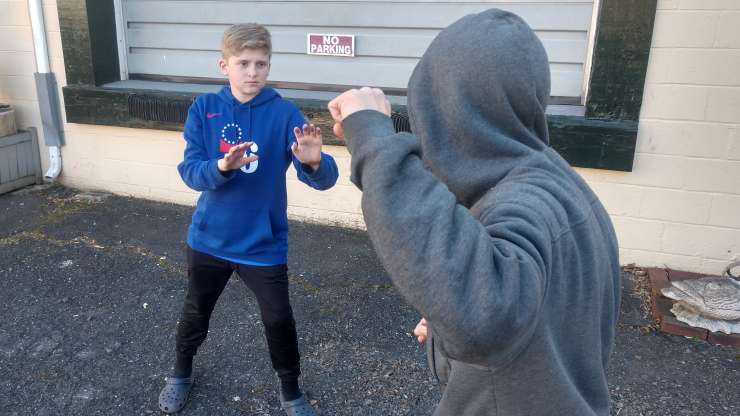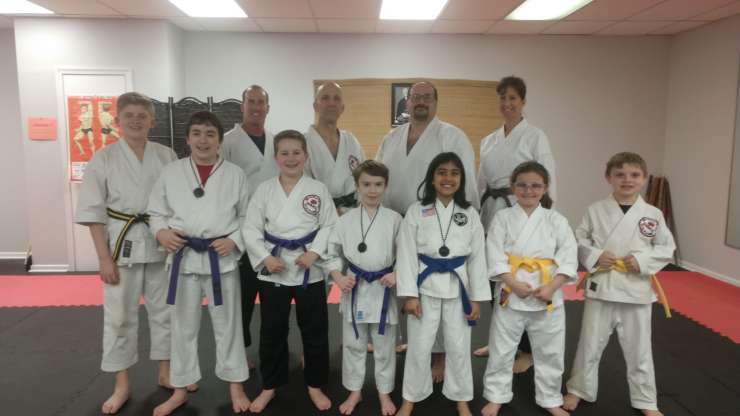Tai Saba ki Tai sabaki – this Japanese term is used often in the martial arts. It’s usually translated as “body shifting” by English-speaking karate sensei, and that translation is good enough, considering how we use the phrase in teaching. Basically, it describes getting out of the way of an attack and/or positioning yourself advantageously for…
